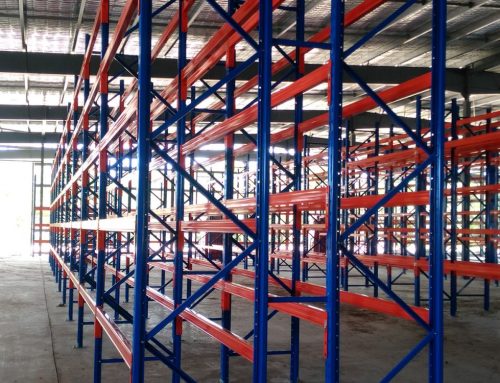How to Manage Slow Moving Inventory
It is unavoidable in business that some items just don’t sell anywhere as well as others. Slow moving inventory is an issue that businesses with physical inventory need to watch on a regular basis
There are many reasons why items aren’t selling as quickly as you’d hope for. Overstocking, frequency of purchasing, overpricing, out of fashion and wrong season are just some of these. So if you’re experiencing a stockpile of unsold items, here are couple of tips to get those products moving:
Recognize Slow Moving Items
You can’t solve the problem, if you don’t know the problem. That’s why it is crucial to distinguish genuinely slow moving items instead of items that aren’t meeting your sales projections.
Spotting dead stock can be a bit challenging. Slow moving inventory varies from item to item and business to business. There are simple signs you can check to tell if you’re items are just piling up. The most obvious sign is the item is still sitting in your Brisbane warehouse after 90-120 days. If the items hasn’t moved in this period of time, it’s time to put them into your slow moving list. Another attribute is the stock doesn’t look fresh. Some items have a certain shelf life otherwise they look and feel out-of-date. Either way, slow moving inventory means additional costs in the form of rent and possibly product waste. Maybe it’s time for you to let go of your old and excess inventory.
Pretend You Are a Customer
Obviously, the best way to understand why product is not moving is to get feedback from your key customers. If this is difficult, then try to think like your a potential customer of your products. Write down all the possible questions your customers have. Do they know these products are available? Are they informed of your retail locations and website? Are they thinking that your products are overpriced if compared to same products? Having enough time to put yourself in your customer’s’ shoes can help you figure out the particular reason why slow moving items exist.
Intensify Marketing Efforts
Getting the pulse of your consumers is essential to your marketing campaign and efforts. Use accessible, low-cost, fast response, and effective platforms for your marketing strategies. Be creative with your slow moving inventory so you’ll convert them into cash. You can re-market them and brand them as fresh products through creative product photo styling, compelling product description, consistent email and text blasts, and enhanced online visibility. Another technique that large businesses do with their slow selling items is bundling. Customers love the lowered price of bundled product offers. Bundling can be a combination of fast and slow moving items, multiple units of the same product, and complementary items.
Sales Can Sell
The tried and tested way to make slow moving inventory profitable is through discounting of old and excess stock. Create demand through various sales type like clearance, flash, specific items and seasonal sales. Keep in mind that cash flow is the lifeblood of every business. Items sold at a lower margin are better than high inventory levels of slow moving stock.
Make it a habit to follow these tips to manage your slow moving inventory. And as you commit mistakes along the way, learn from them and commit to not making the same mistakes again.
[activecampaign form=1]




